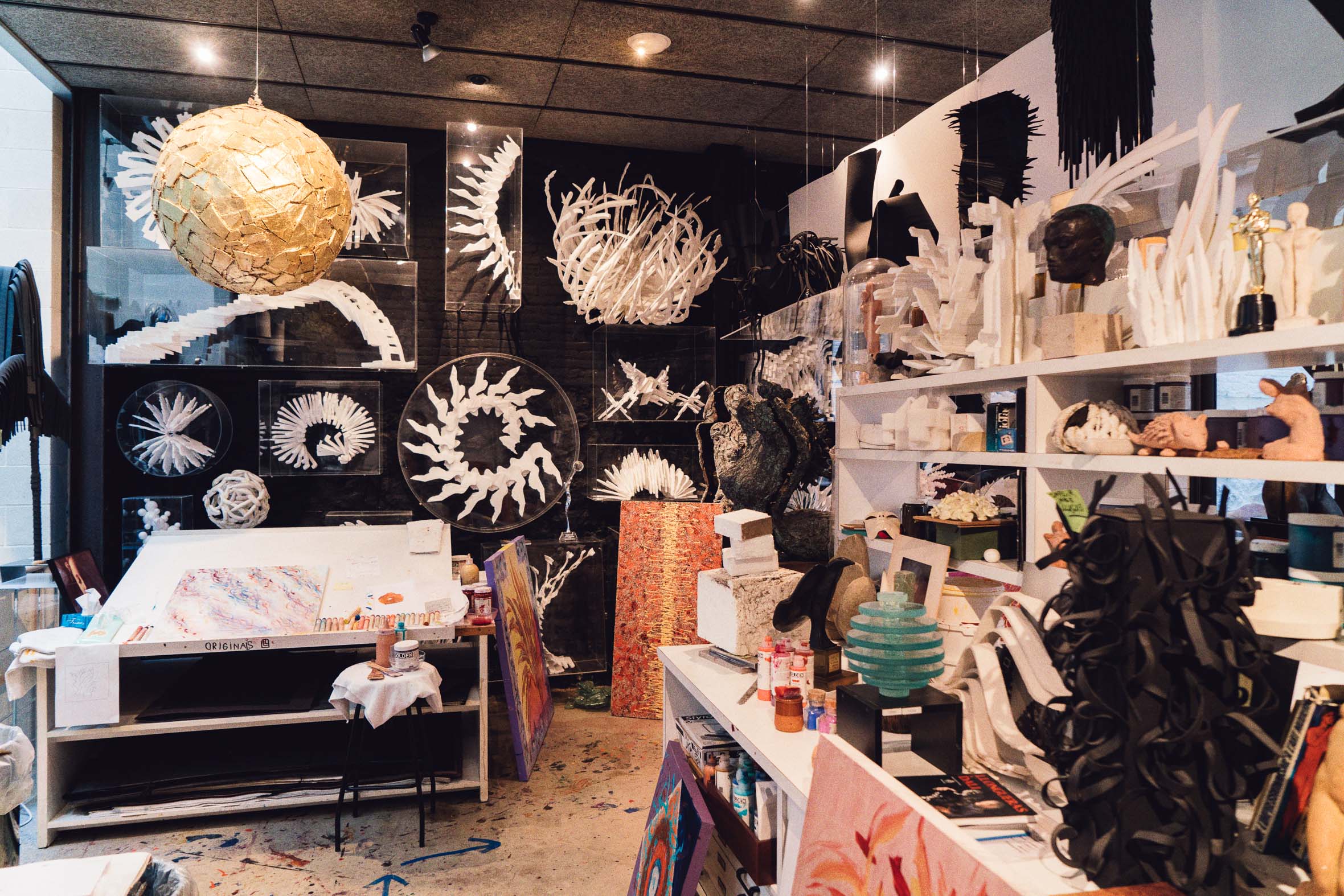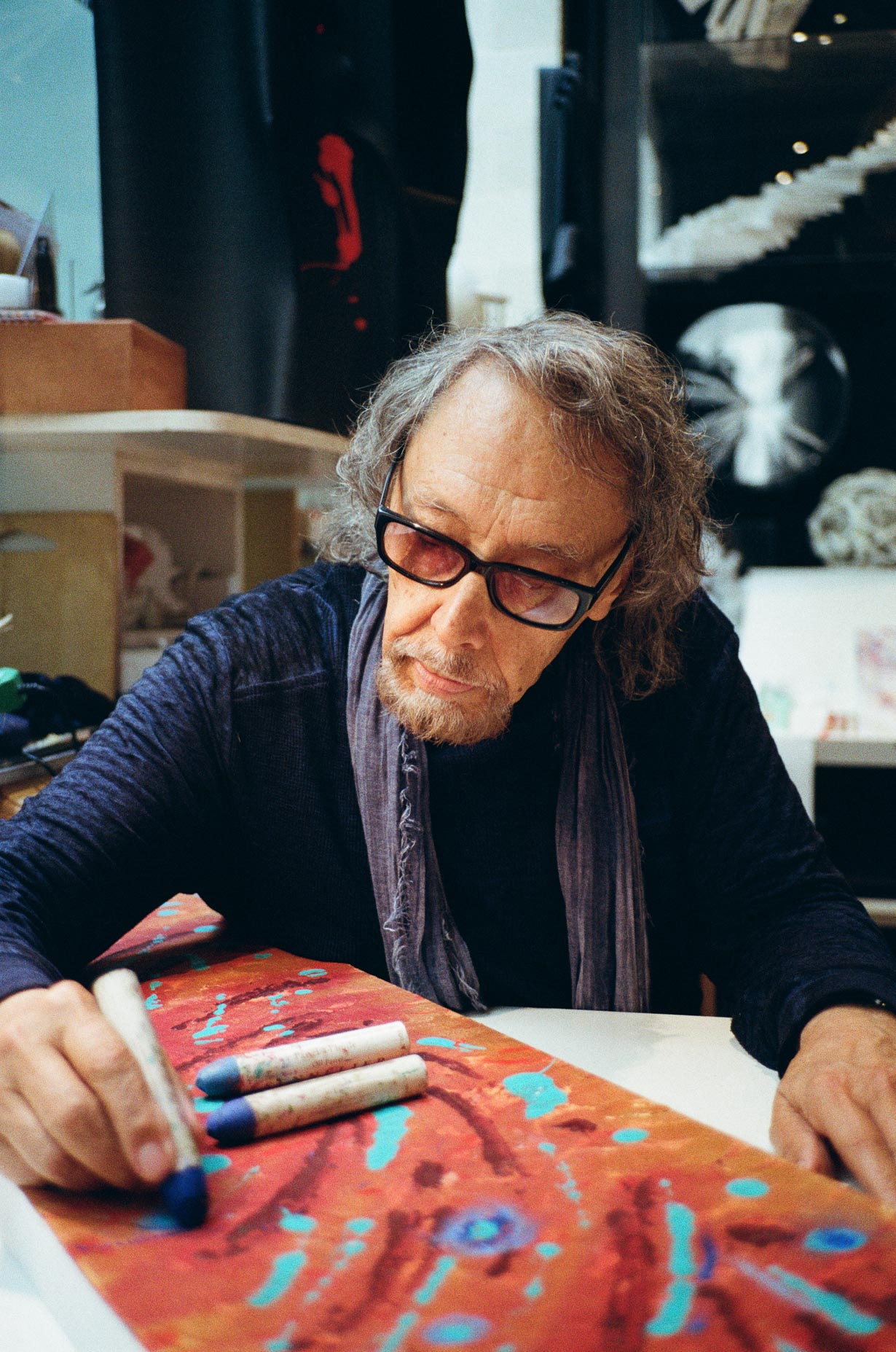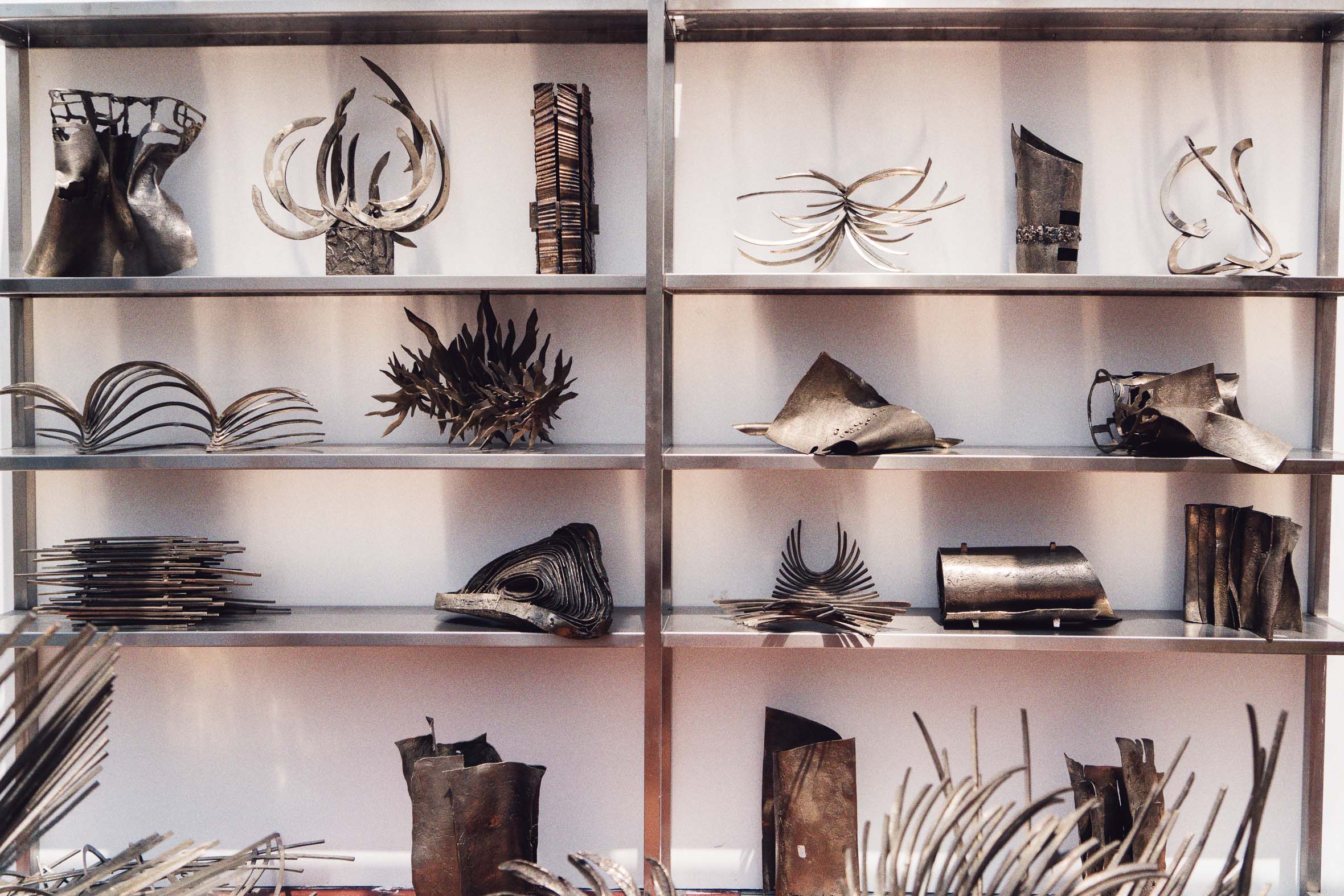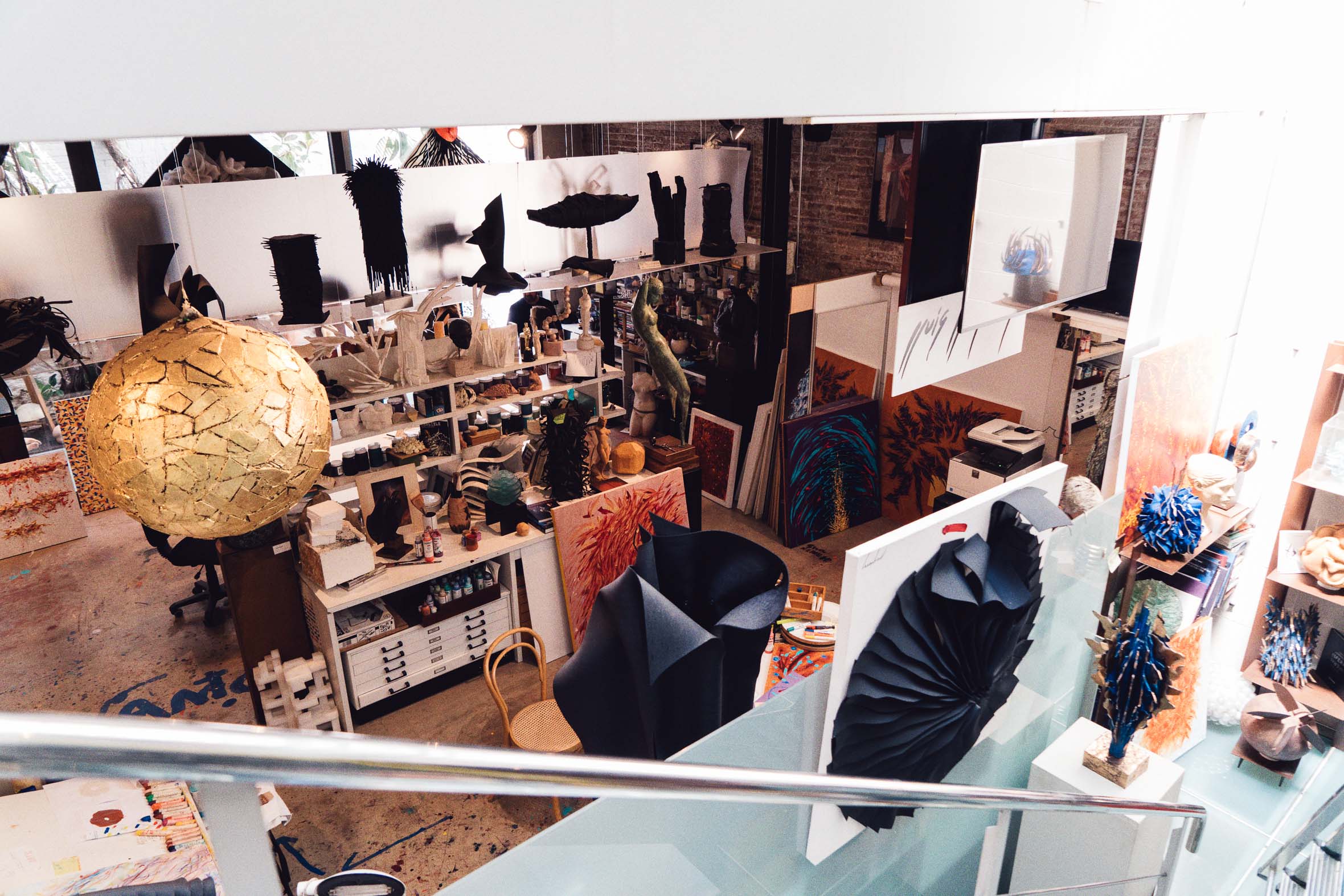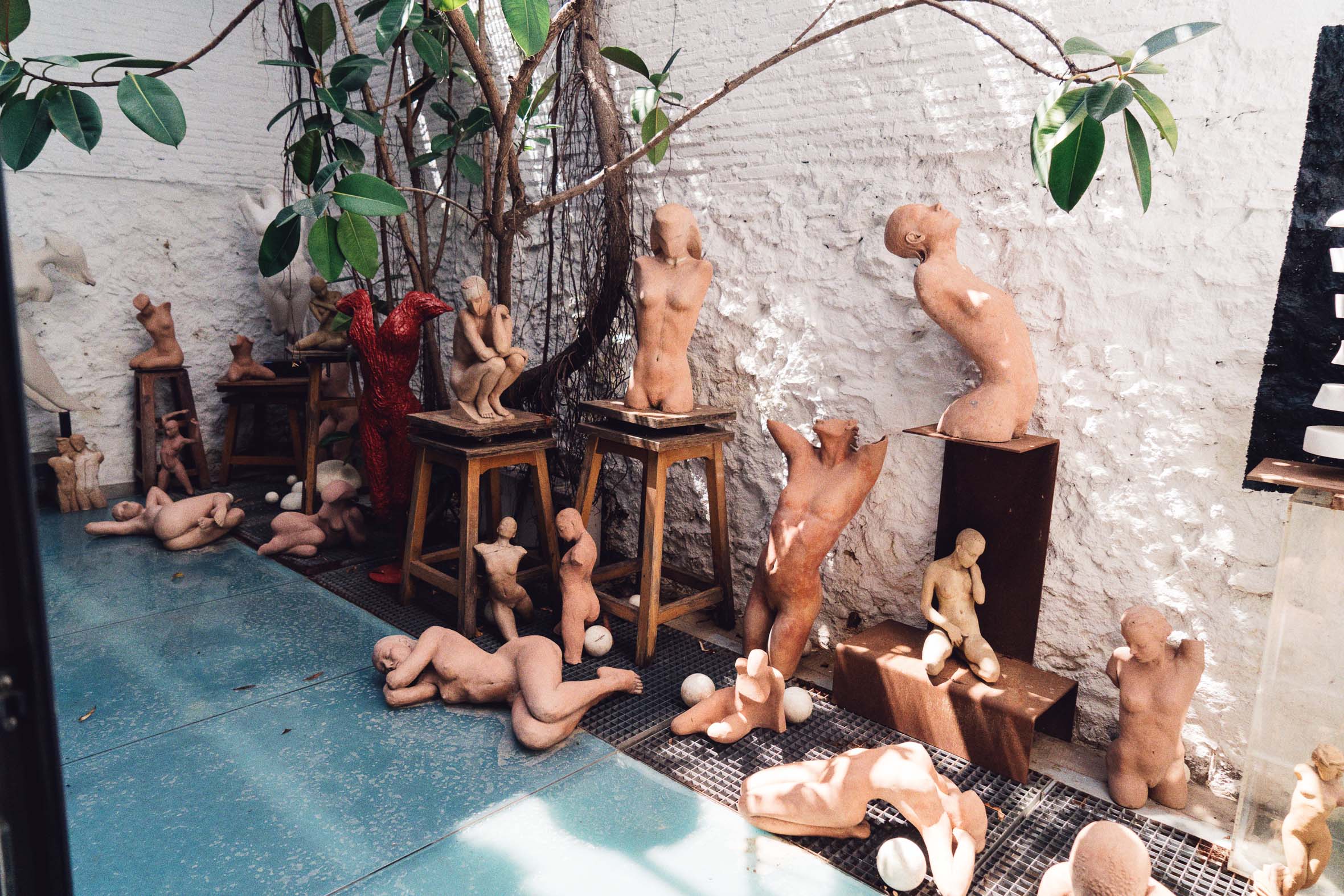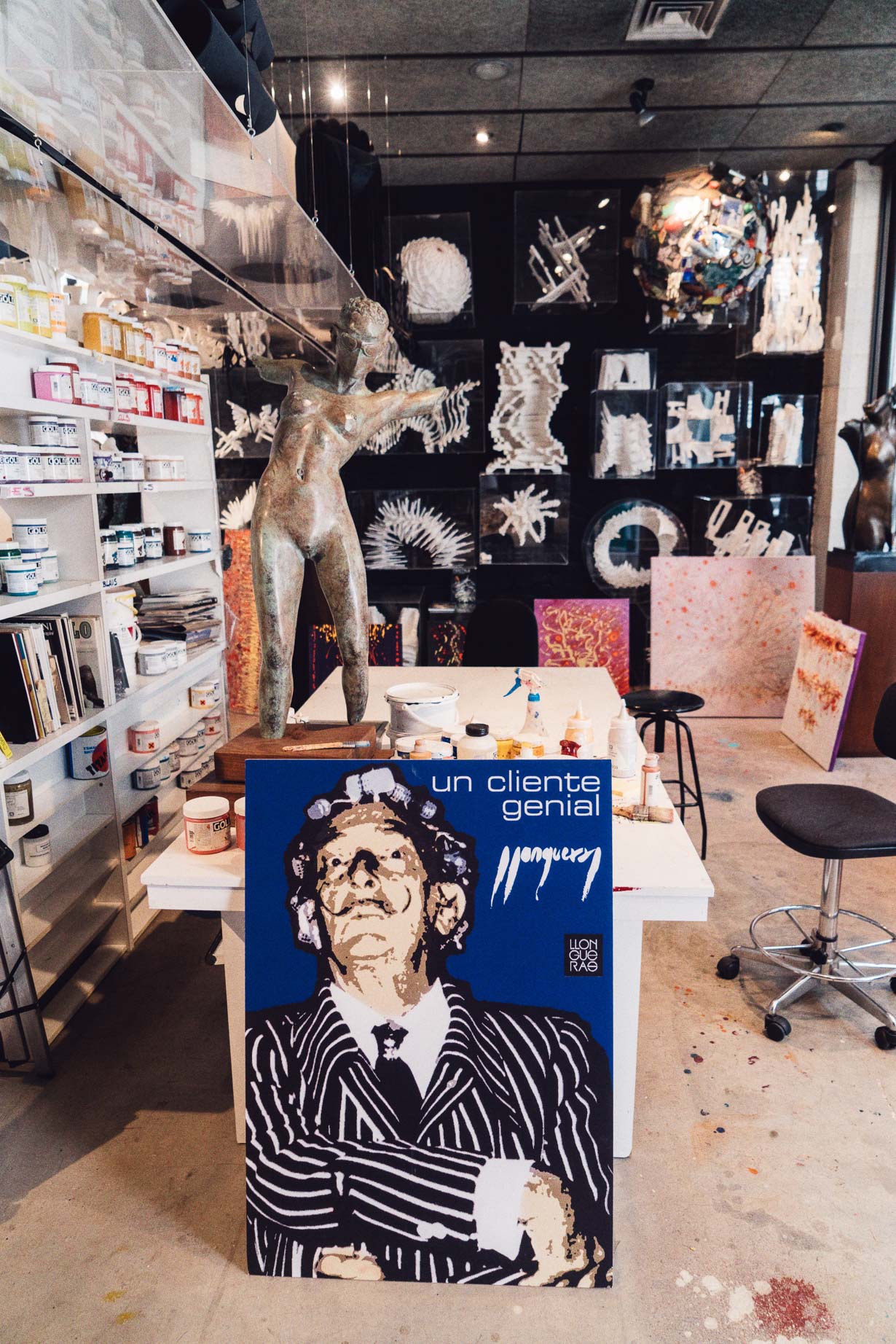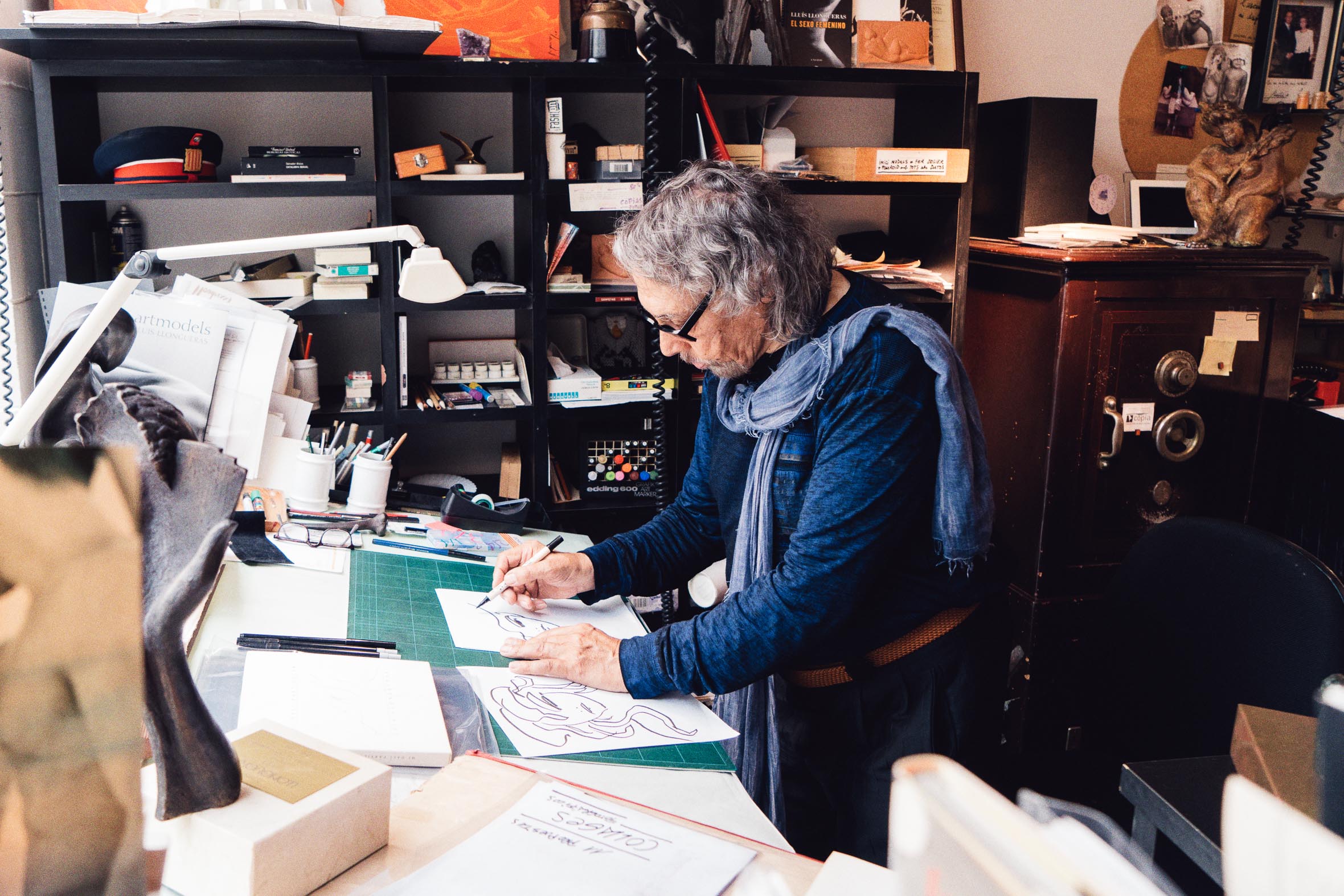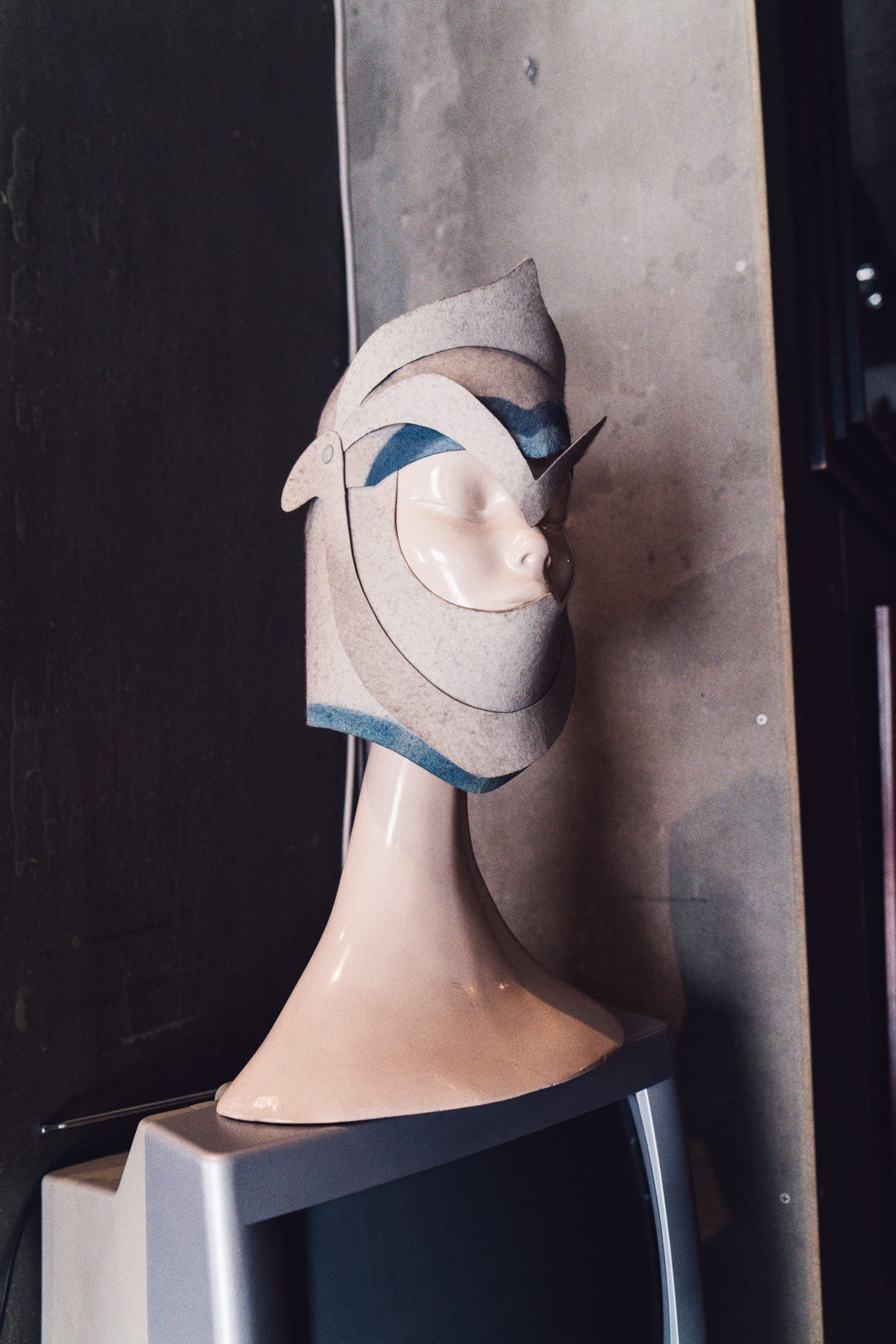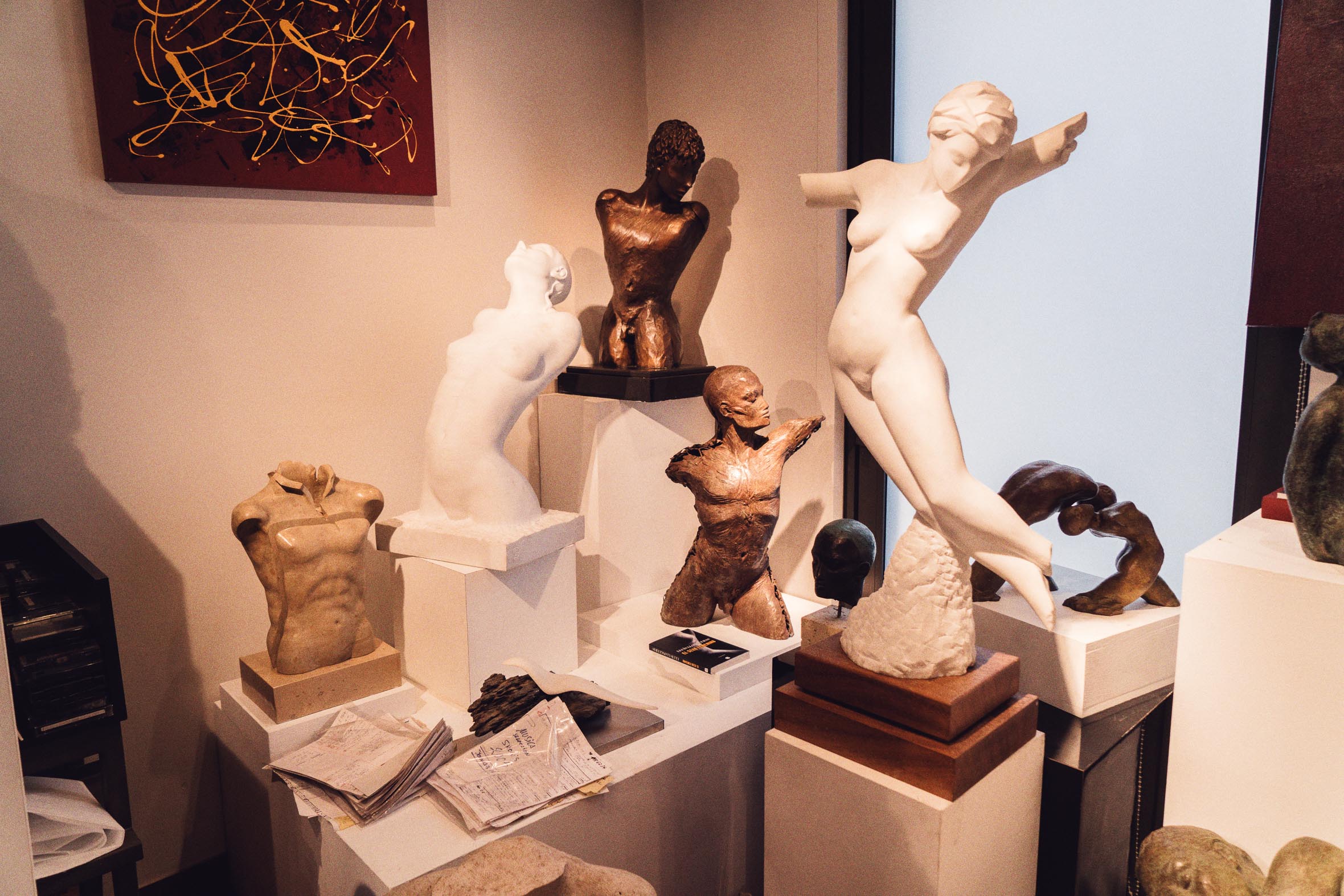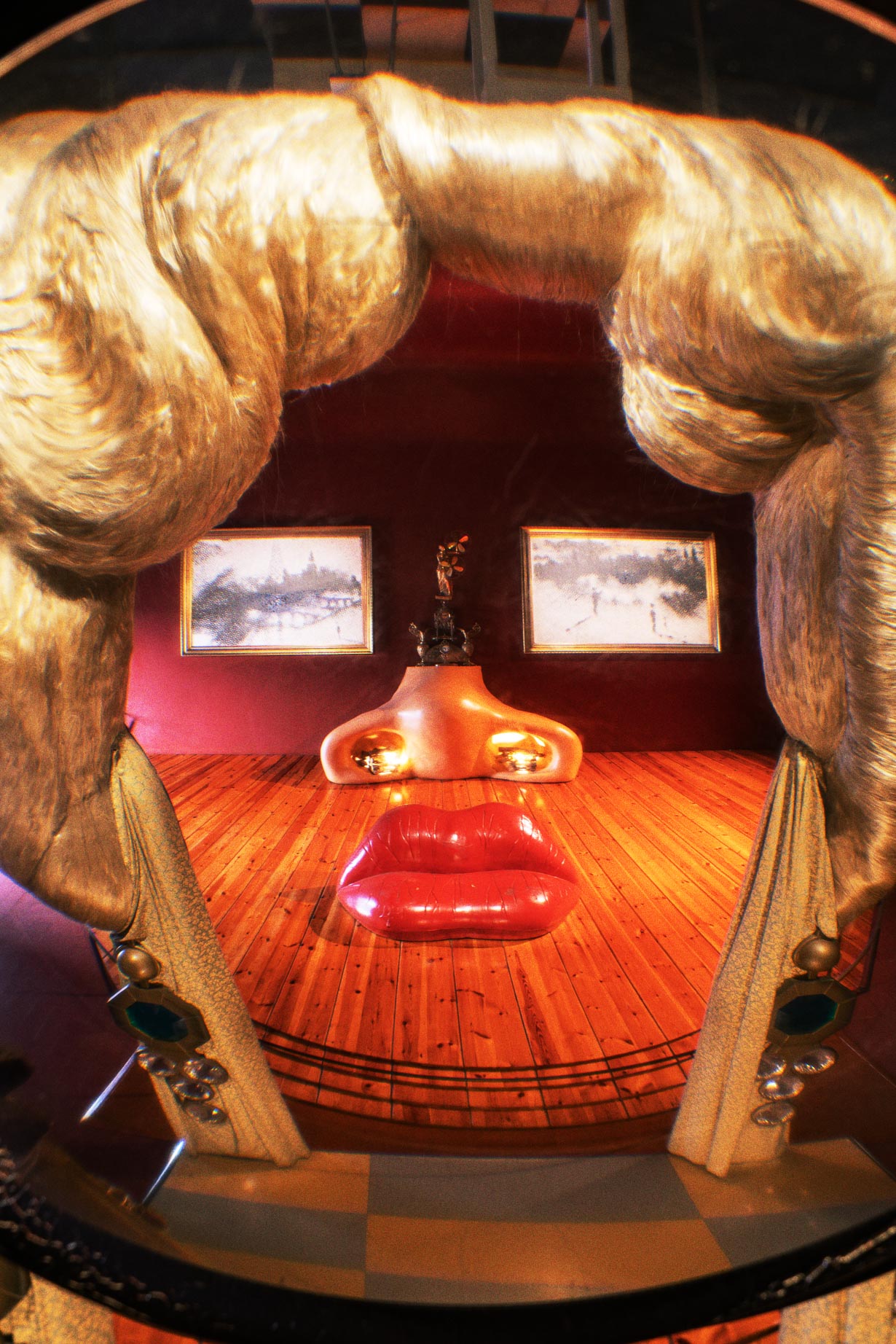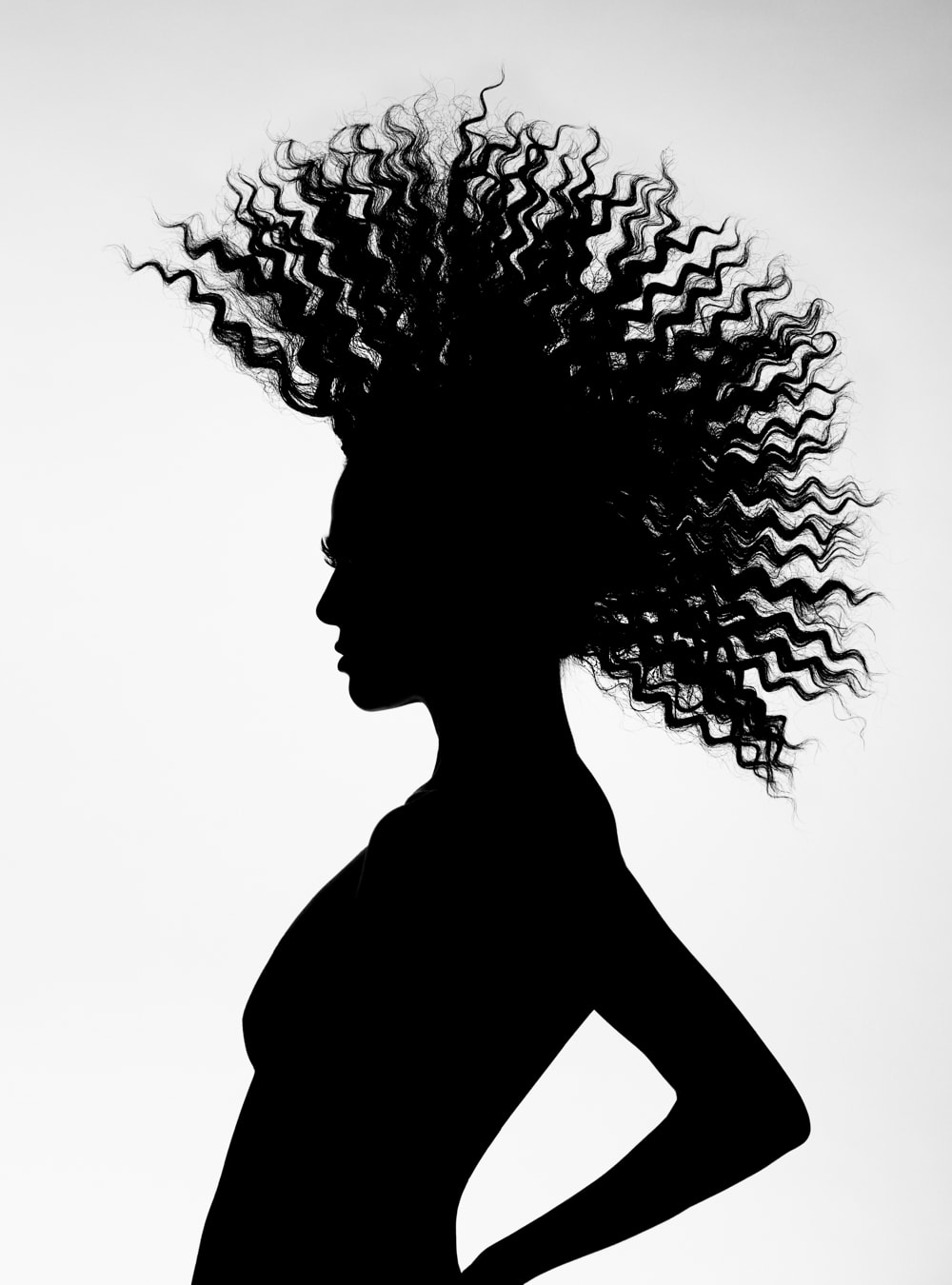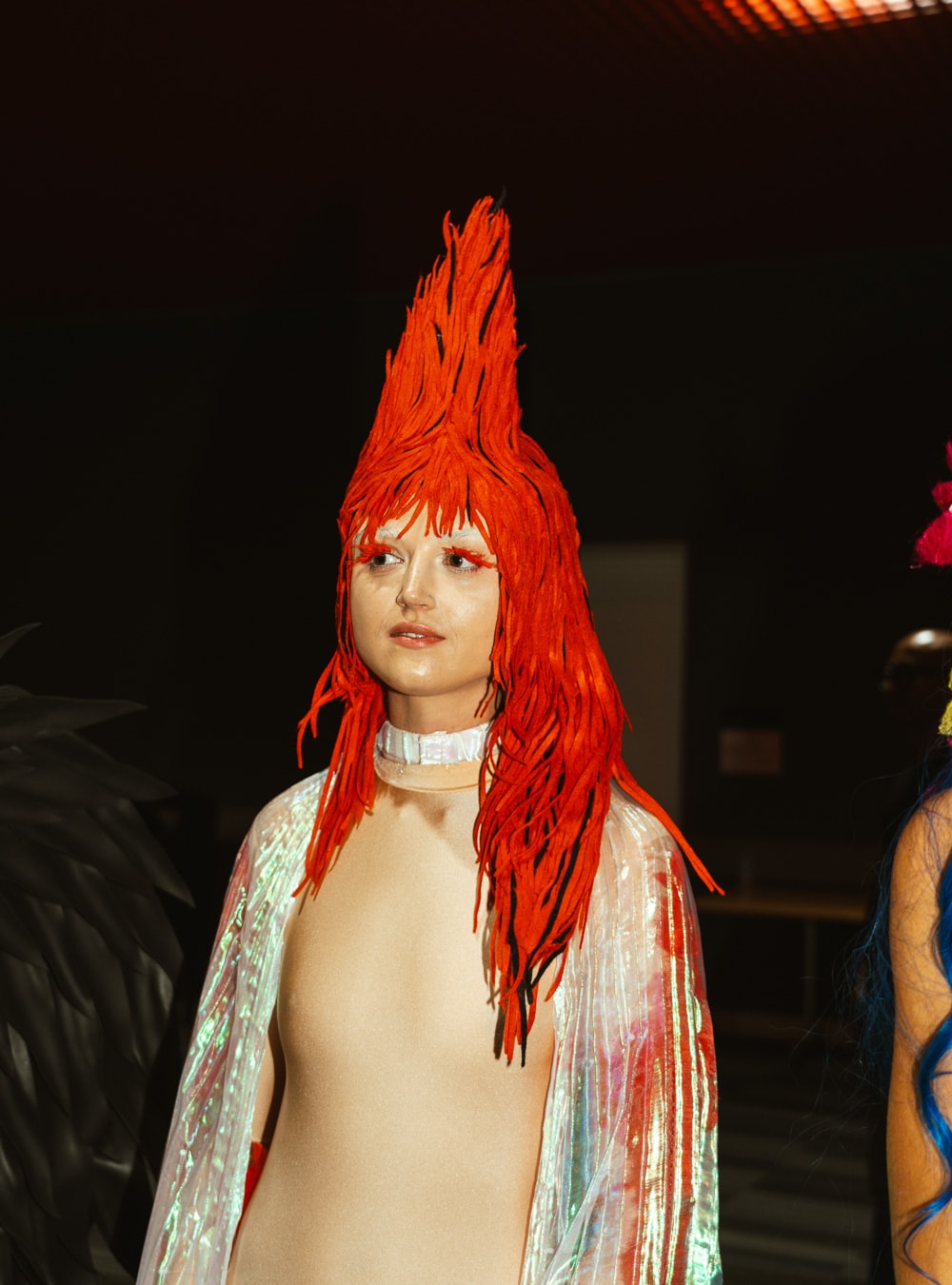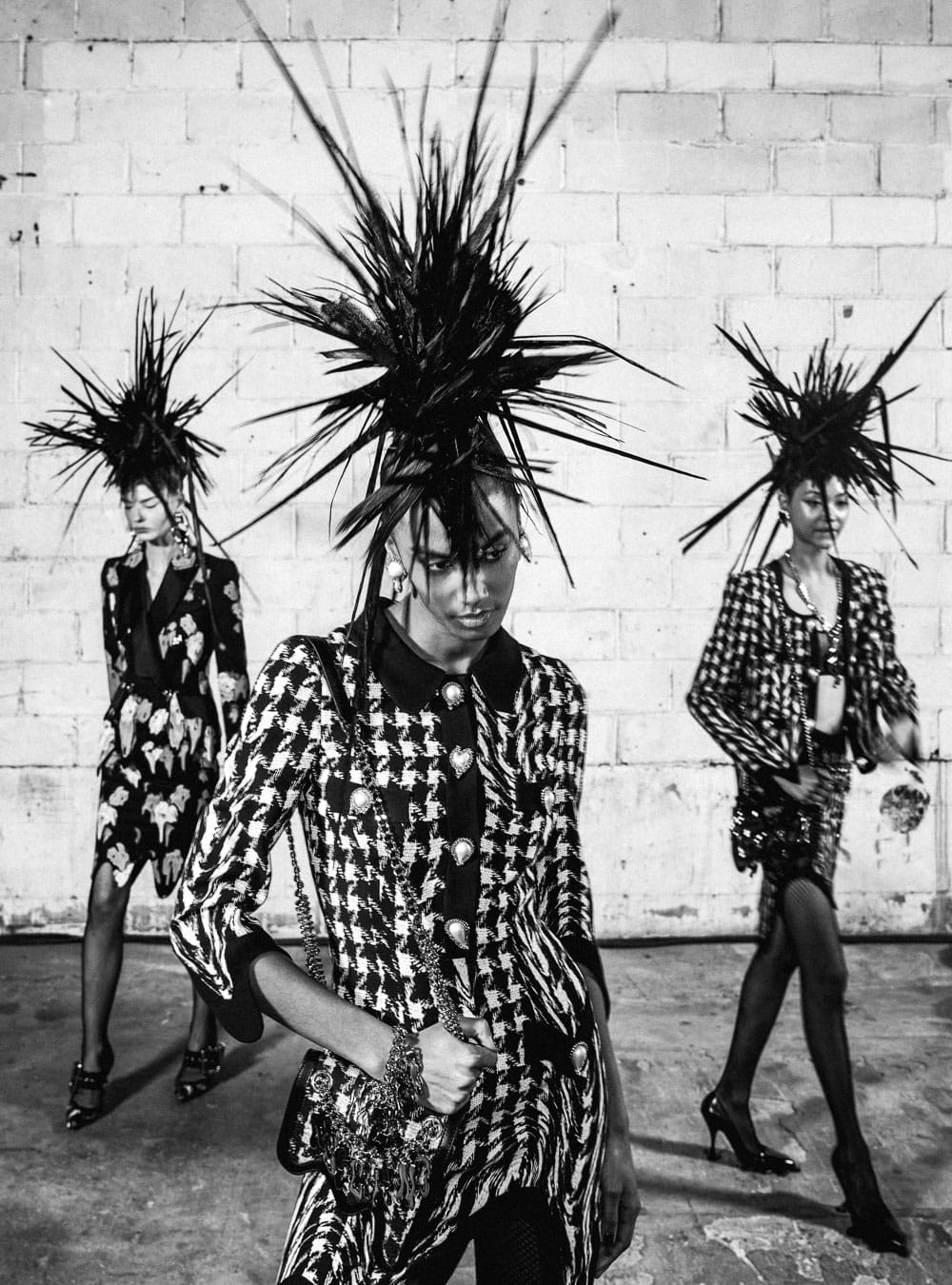- Lluís Llongueras
- Lluís Llongueras
- Lluís Llongueras
PEOPLE: Anthony Mascolo meets the renowned Spanish hairdresser-turned-artist Lluís Llongueras at his Barcelona studio
Interview: Anthony Mascolo
Video: Antonio Celotto
Photography: Panos Damaskinidis
Special thanks to Lluís Llongueras
Known for building one of Spain’s leading hairdressing empires alongside a career in fine art, Lluís Llongueras is one of Spain’s most renowned hair creatives. His multidisciplinary practice, which including drawing, painting, sculpture and photography, is heavily informed by his past as a hairdresser, perfectly exemplifying how hair and art often coexist. Born in Esparreguera in 1936, Llongueras opened his first salon in Barcelona in the early 50s, and has since established over 120 salons worldwide. He was already a successful hairdresser when his collaborations with Spain’s most celebrated surrealist, Salvador Dalí, catapulted him into the limelight. Llongueras worked on several high-profile artistic projects together with Dalí, including the creation of a giant wig for his sculptural installation The Mae West Room. Now on display at the Dalí Theatre-Museum in Figueres, the piece consists of various pieces of surreal custom furniture which, viewed from the right angle, take the shape of the face of the Hollywood actress Mae West. Llongueras’ wig, meanwhile, was entered into the Guinness Book of Records as ‘the biggest wig in the world’.
Aged 82, Llongueras shows no signs of slowing down. His Barcelona based studio, where he spends most of his time, is buzzing with life. Every surface of the four-storey space is filled with artworks in various stages of completion, with Llongueras flitting from one piece to another, a whirlwind of creative energy. “I cannot be in front of a TV on a sofa, doing nothing,” he says. “I don’t know… I need to work to move. That is my life, a creative life.”
Llongueras spoke to INFRINGE Editor-in-chief Anthony Mascolo about the ephemeral nature of hairdressing, his creative relationship with Salvador Dalí and why art keeps him energised.
Anthony Mascolo: I would like to ask you a few things, but really I would love for you to show us your world!
Lluís Llongueras: I’ve been working for over 64 years, and now technology has become a bigger part of our lives. Women don’t care about hairdos, they are spending more time on their mobiles than on their beauty! Their phones are now more important that their hairdresser, it’s a generational change. We’re in 2018 now and you see women with such long hair, completely untouched.
AM: But this will change!
LL: I think we will need 30 or 40 years for this to change. If you study the evolution of haircuts… around 1932 in Paris, women were cutting their hair really short, it was a revolution which didn’t arrive in Spain until about 1961. In London, women used to wear their long hair in buns and now it is happening again. But they do it themselves, they don’t go to the hairdresser! I don’t know if you agree with me, but the consequences of this are incredible. Hairdressers now need to do many different, spectacular things to satisfy their creativity. If clients no longer provide that satisfaction they must do things to satisfy their creative need in other ways.
AM: That’s what you can see here in your art…
LL: Yes, I think about hair but I make it with sculptures and paintings!
AM: Have you always worked across these different creative spheres?
LL: Always. When I was a kid, I was always drawing. I used to collect art images instead of football stickers, images like Botticelli’s Primavera, paintings of women by Raphael and Dalí. My dad surprised me one day by enrolling me onto a course to study fine art in Barcelona. I told him I wasn’t going, because I was aware of great and famous worldwide artworks, like The Nativity, Botticelli’s Primavera and Raphael’s figures. There is something truly sublime about them. It’s not that I was afraid of not being able to reach the best, no, I just didn’t want to enter this fight because I knew that once I did, it would be for my entire life. I wanted to try something else. Hairdressing had always been one of the options…
AM: Can you tell us about how you started out hairdressing?
LL: It came to me casually, I remember one day my aunt put some scissors in my hand and said, “cut my hair, it’s too long”. At that time I was only an apprentice at a salon, sweeping the floors. I looked at her face – I didn’t look at the hair – and then cut a strand here and another there. Her friend, one of our neighbours, asked me to cut her hair too, so I started to give haircuts in their homes. I became tired of it because I was always coming back home at two in the morning without any dinner, so I started to work from my own house. When it became too much, my mother saw a little shop and said, “why don’t we rent it?” I had my first shop when I was 17!
AM: Do you remember when your art started to take over?
LL: Art and photography always distracted me. Hairdressing is ephemeral but I love art. However, I was really happy to be a hairdresser. I started to have more and more salons and was becoming successful. I would begin at 8.30am, and many times throughout the week my clients wouldn’t leave until about 11pm. I found a studio where I would work from four or five in the afternoon until late at night. In the morning I worked for the business and then the afternoon was for me. I work a lot… I’m excessive!
AM: Can you tell us about your relationship with Salvador Dalí?
LL: We were friends for 27 years. I was lucky that he liked me, as he didn’t have many friends. He used to call me, he would assign me tasks and so on. Dalí was Dalí. He was excessive in every sense. Excessive in being alone. He couldn’t paint if there was anyone around. Nobody, not even his wife Gala.
AM: How did you first meet?
LL: I asked the national phonebook for his number, and they gave me a number for his house in Port Lligat. I called because I was opening a salon and I wanted to do things right. Dalì used to do ‘happenings’ and they were always in the newspapers. So, I called and said, “I’d like to speak with Mr Dalí”. The man on the phone asked, “what do you need?” I explained that I was a big fan of his work, and that I was opening a salon and wanted him to come.
I spoke for a good ten minutes about how much I admired him and asked if he could pass on the message. Then the man said, “I am Mr Dalí”. Two months later he came to Barcelona to open the new shop. In those days it was a luxurious salon, there was a porter opening the door, a bar and a make-up area. People weren’t used to getting make-up in the hair salon, I introduced the idea. Dalì arrived and asked for a hammer! He walked towards the glass window and I grabbed his arm and said, “Mr Dalí, I still haven’t fully paid for it!” He explained what he was going to do – smash it – he did something similar in New York in the 30s and all the newspapers were talking about it, so he wanted to do the same. But I begged him not to, so instead he drew a lucky star with a big signature!
AM: Can you tell us about creating ‘the biggest wig in the world’ with Dalí?
LL: I had the chance to work with Dalí on a rendering of Mae West’s face. Dalí wanted the face to be a room, with the mouth as a sofa, paintings for eyes and a huge blonde wig, which I drew for him. Then I made it for real, it was four metres high. Giant! Now the wig has had to be remade out of cloth, like in the theatre. This was because the buttons of men’s suits would catch on it when they were passing underneath, and it destroyed much of the lower part of the wig. So now it is no longer hair because it was in such bad condition, but it lasted 20 years!
AM: Do you find that the combination of art and hairdressing makes you more fulfilled?
LL: I’m going to confess something. Hairdressing fulfilled me a lot because there’s a personal connection to people, but at the same time these friendships are ephemeral. Some clients died, others moved away, or I no longer have a relationship with them. However, the artistic work I always have near me. I can see it, exhibit it, it’s different. Creating good relationships through hairdressing was very important and fulfilled me a lot. But with art I had fun alone. Drawing, painting, working the plaster and clay… it’s satisfying. All of my life I have had those two giant satisfactions – hairdressing, which was about making women feel beautiful and happy. But there is also joy in spending hours on artworks that you still get satisfaction from when you see them year after year. I’m human – I love life and people. But I also need to isolate myself and I do that by making art. These are two very different worlds, like two opposing planets. Together, the two of them fulfil me.
- ANTHROPOLOGY OF HAIR
- ANTHROPOLOGY OF HAIR
- ANTHROPOLOGY OF HAIR
- ANTHROPOLOGY OF HAIR
- ANTHROPOLOGY OF HAIR
